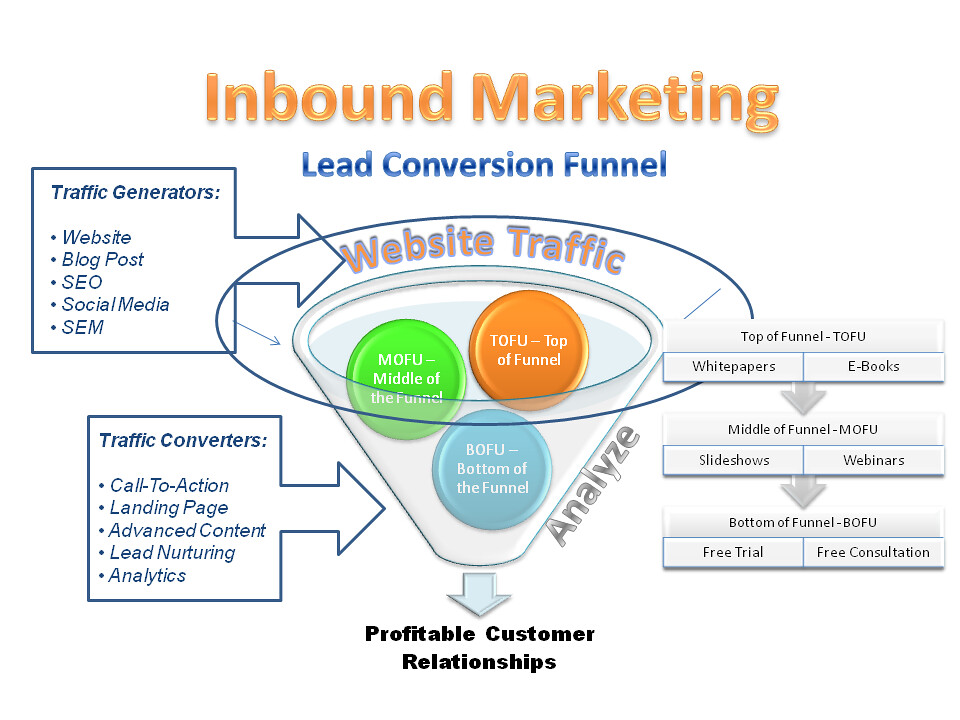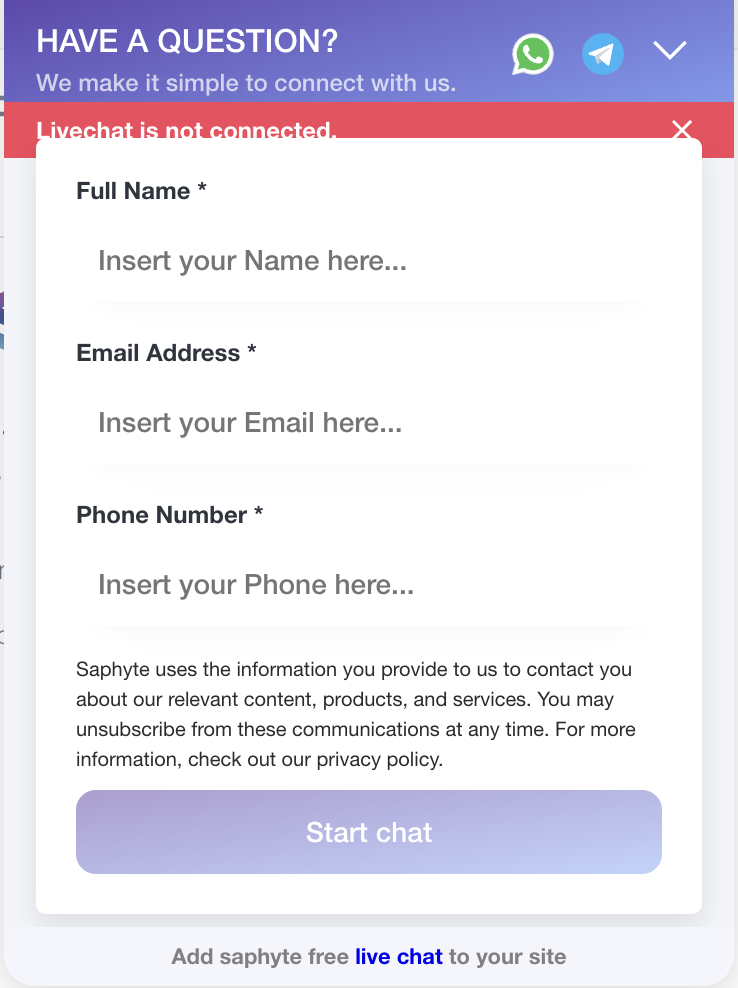Optimizing Sales Funnels for Higher Conversions
In the dynamic business realm, entrepreneurs often need help with low conversion rates and inefficiencies within their sales funnels. The journey from leads to conversions is akin to guiding potential customers through a series of stages known as the sales funnel.
This article delves into optimizing sales funnels, exploring the stages within, identifying bottlenecks and drop-offs, and offering strategies for enhancement.
We’ll also shed light on the role of Customer Relationship Management (CRM) systems in funnel tracking, and emphasize the importance of continuous testing and improvement. Let’s get started.
Understanding the Sales Funnel and Its Stages
The sales funnel is a symbolic journey that potential customers embark on, from the initial stage of awareness to the final destination of conversion. Businesses cast a wide net at the top of the funnel to generate awareness and attract leads.
As potential customers progress through the funnel, they move through stages like interest, consideration, and conversion. Understanding the nuances of each stage is crucial for optimizing the entire journey.
Take, for instance, an online retailer aiming to boost e-commerce sales. At the awareness stage, the retailer employs digital marketing strategies such as social media ads to capture the attention of potential customers.
As leads move to the interest stage, the website showcases compelling product descriptions and features to pique curiosity. The website can also utilize personal product recommendations based on browsing history.
Identifying the distinct characteristics of each stage enables businesses to tailor their strategies for maximum impact. In the consideration stage, detailed product descriptions and customer reviews guide users toward a decision.
Finally, at the conversion stage, limited-time promotions and seamless checkout processes encourage the final purchase.
Imagine an online clothing store, ChicThreads, looking to enhance its sales funnel. At the top of the funnel, ChicThreads uses social media campaigns to create awareness of its trendy apparel. As potential customers move to the interest stage, the website showcases engaging blog posts about fashion trends and styling tips.
Identifying each state’s unique characteristics enables ChicThreads to tailor its approach, offering a personalized journey that resonates with its diverse audience.
Identifying Bottlenecks and Drop-offs
One common challenge within sales funnels is the presence of bottlenecks—points of congestion that impede the smooth flow of potential customers. To address this, businesses must identify precisely where leads are dropping off and losing interest.
Google Analytics, for example, offers a powerful tool for tracking user behavior on websites. Businesses can pinpoint specific pages or stages where potential customers exit the funnel by analyzing the data.
Let’s explore three common bottlenecks businesses often encounter:
- Complex Checkout Processes: Lengthy and complicated checkout procedures can result in abandoned carts. Simplifying and streamlining the payment process is essential to reduce friction and encourage conversions.
- Lack of Personalization: Generic content and messaging can lead to disengagement. Tailoring communication and offers based on user preferences addresses this bottleneck, keeping potential customers engaged throughout the funnel.
- Ineffective Follow-up: Poorly executed follow-up strategies can cause leads to drop off. Implementing timely and relevant follow-up emails or messages nurtures leads and guides them through the funnel toward conversion.
Addressing these bottlenecks requires a strategic approach, where businesses identify specific pain points within their unique funnel and implement targeted solutions.
Consider a subscription-based service that experiences a significant drop-off at the payment stage. Through analytics, the business may discover that a complex payment process deters customers.
With this insight, the company can streamline the payment process, reducing friction and increasing the likelihood of conversion. Identifying and mitigating bottlenecks is essential to creating a seamless and efficient sales funnel.
Let’s look at a real-world example from the subscription-based streaming service StreamHub. StreamHub identified a bottleneck at the subscription payment stage through meticulous data analysis. Users were dropping off due to a cumbersome payment process.
StreamHub streamlined the payment steps in response, reducing friction and significantly boosting subscription rates. This tangible example showcases the power of identifying and addressing bottlenecks to create a smoother journey for potential customers.
Strategies for Optimizing Each Funnel Stage
Optimizing each stage of the sales funnel requires a strategic approach tailored to the unique characteristics of the business and its target audience.
- Awareness Stage: Leverage content marketing, social media, and search engine optimization to boost visibility. Provide valuable and engaging content to capture the audience’s attention and encourage them to explore further.
- Interest Stage: Implement personalized email campaigns, product recommendations, and exclusive offers to nurture leads. Understanding individual preferences enables businesses to deliver relevant content, keeping potential customers interested and moving through the funnel.
- Consideration Stage: Offer detailed product information, customer testimonials, and comparison tools to assist potential customers in making informed decisions. Clear value propositions and transparent information build trust, increasing the likelihood of conversion.
- Conversion Stage: Streamline the checkout process, offer discounts or free shipping incentives, and provide a sense of urgency with limited-time promotions. Simplifying the final steps encourages potential customers to complete the transaction.
Using CRM for Funnel Tracking and Management
As businesses navigate the intricacies of their sales funnels, the role of Customer Relationship Management (CRM) systems becomes paramount. CRM tools act as the lighthouse, guiding businesses through tracking and managing leads at every stage.
Saphyte, for example, offers a comprehensive CRM solution that stores customer information, facilitates lead nurturing, automates processes, and provides actionable insights.
A real estate agency leveraging a CRM system might track leads from the initial property search to the final sale. By understanding client preferences, tracking communication history, and analyzing conversion rates, the agency can tailor its approach at each stage, offering a personalized and efficient experience.
CRM systems empower businesses to manage their sales funnels precisely, ensuring no lead slips.
Continuous Testing and Improvement
The optimization journey continues once initial enhancements are implemented. To achieve sustained success, businesses must embrace a culture of continuous testing and improvement.
A/B testing, for instance, allows companies to experiment with variations at different stages of the funnel, identifying what resonates best with their audience.
A travel agency, for example, might conduct A/B testing on its booking confirmation page to assess the impact of different call-to-action buttons. The agency can refine the page, reduce drop-offs, and enhance the overall conversion rate by analyzing the results.
This iterative testing and improvement process ensures that businesses stay agile, adapting to evolving customer preferences and market dynamics.
Conclusion
Optimizing sales funnels is an art that requires a nuanced understanding of each stage, proactive identification of bottlenecks, strategic approaches tailored to specific funnel stages, the integration of CRM tools for tracking and management, and a commitment to continuous testing and improvement.
As businesses strive to enhance their conversion rates, the optimization journey becomes a dynamic process of refinement guided by insights, data, and a deep understanding of customer behavior.




